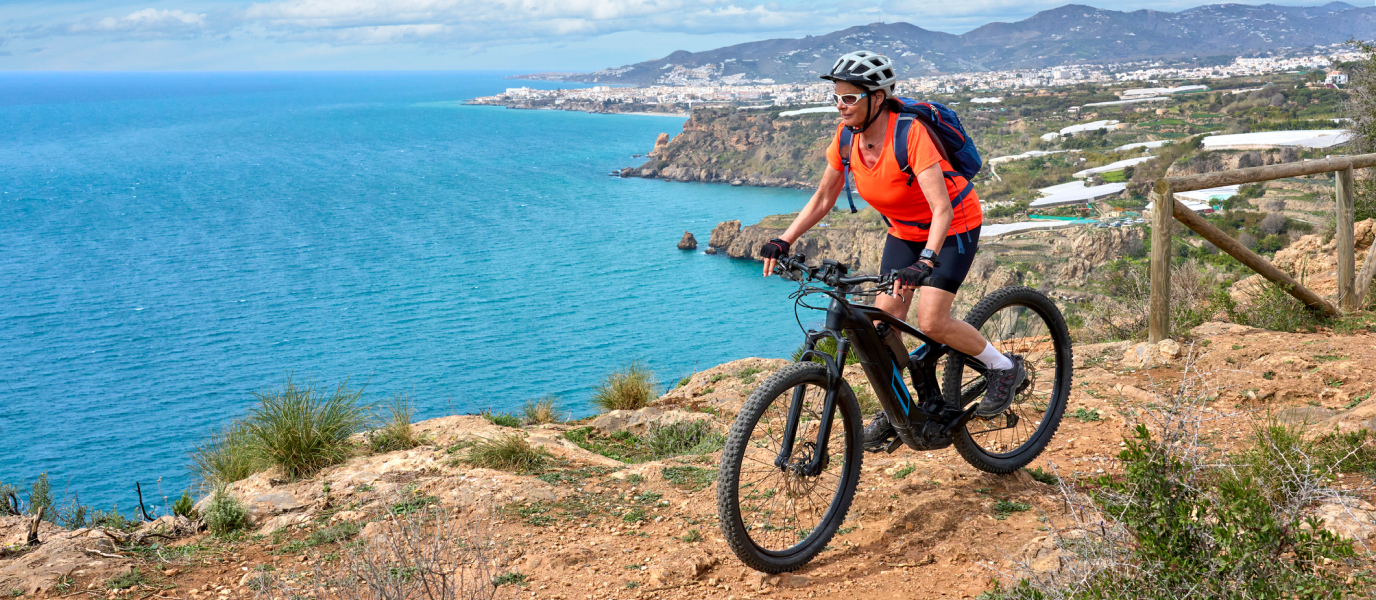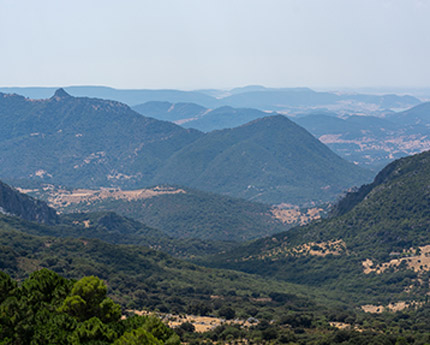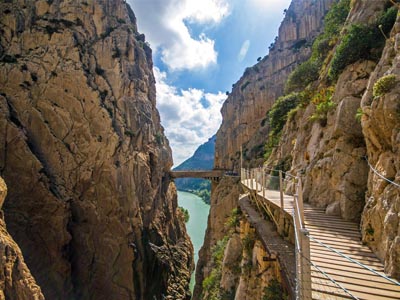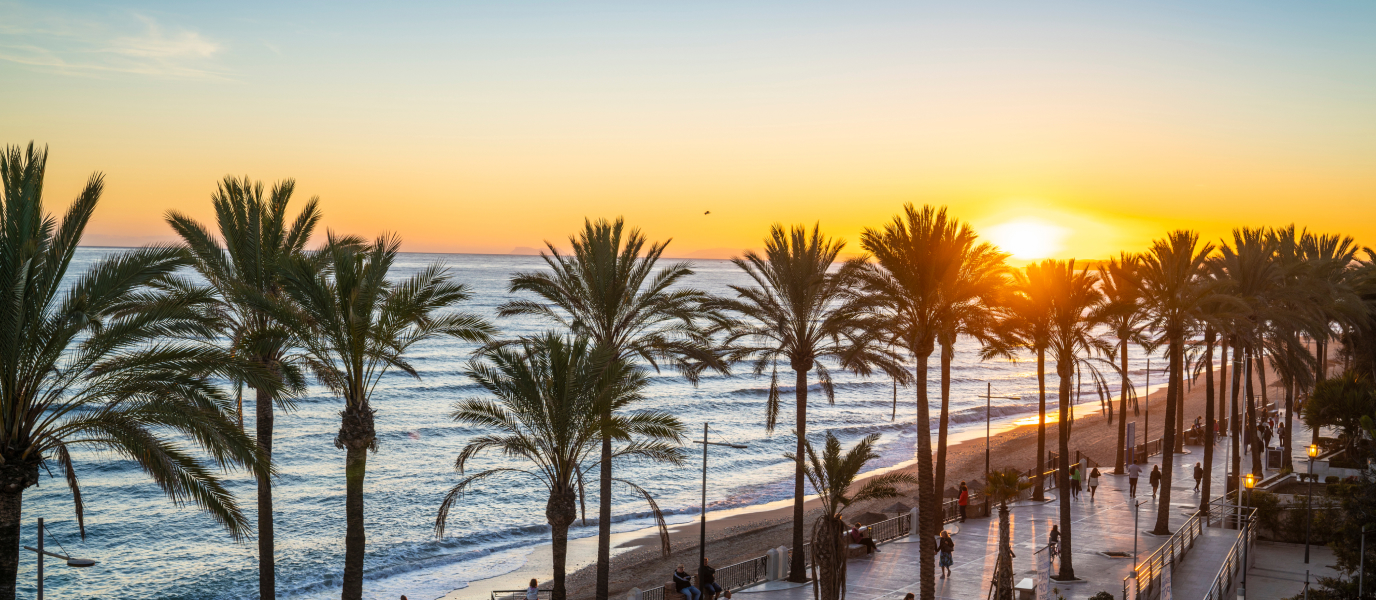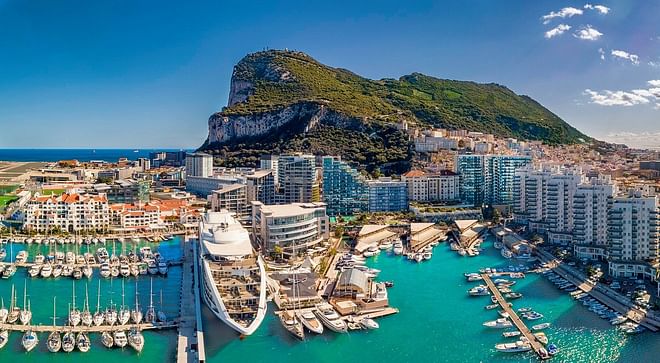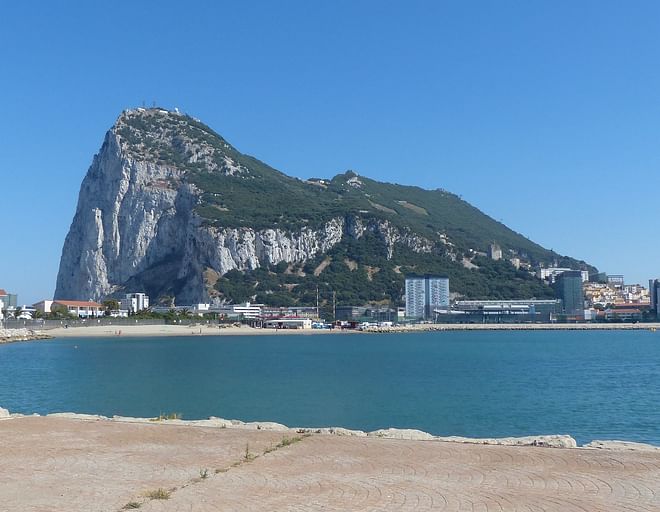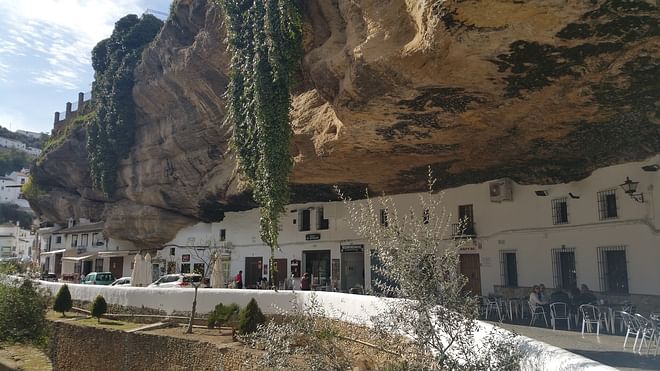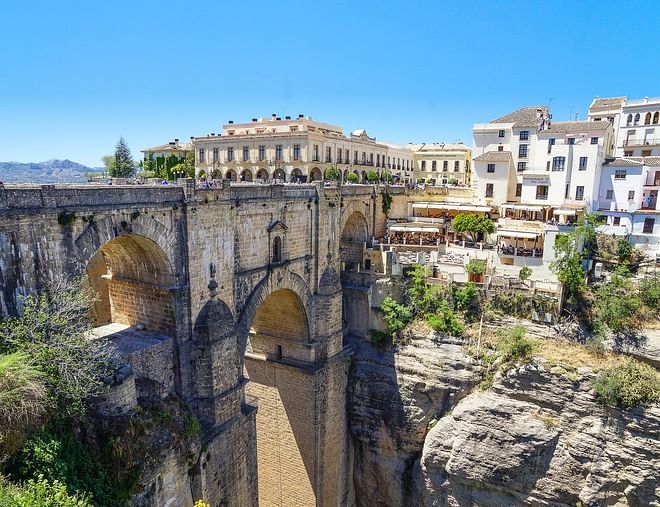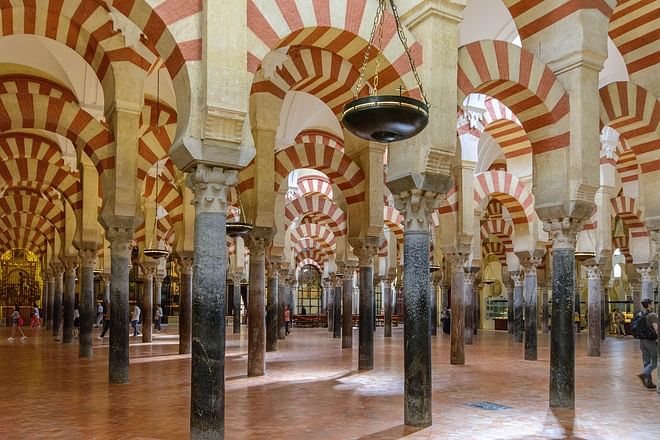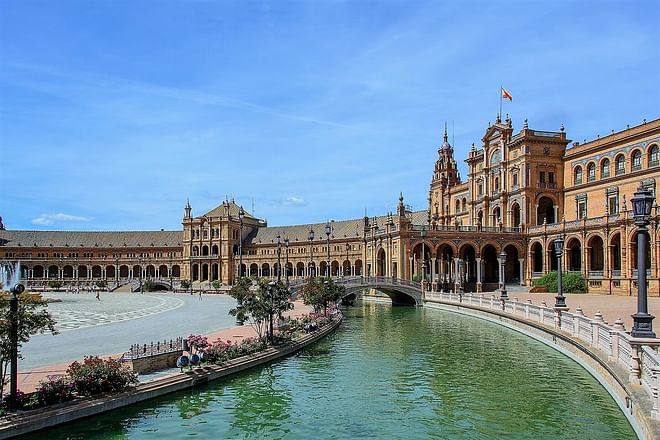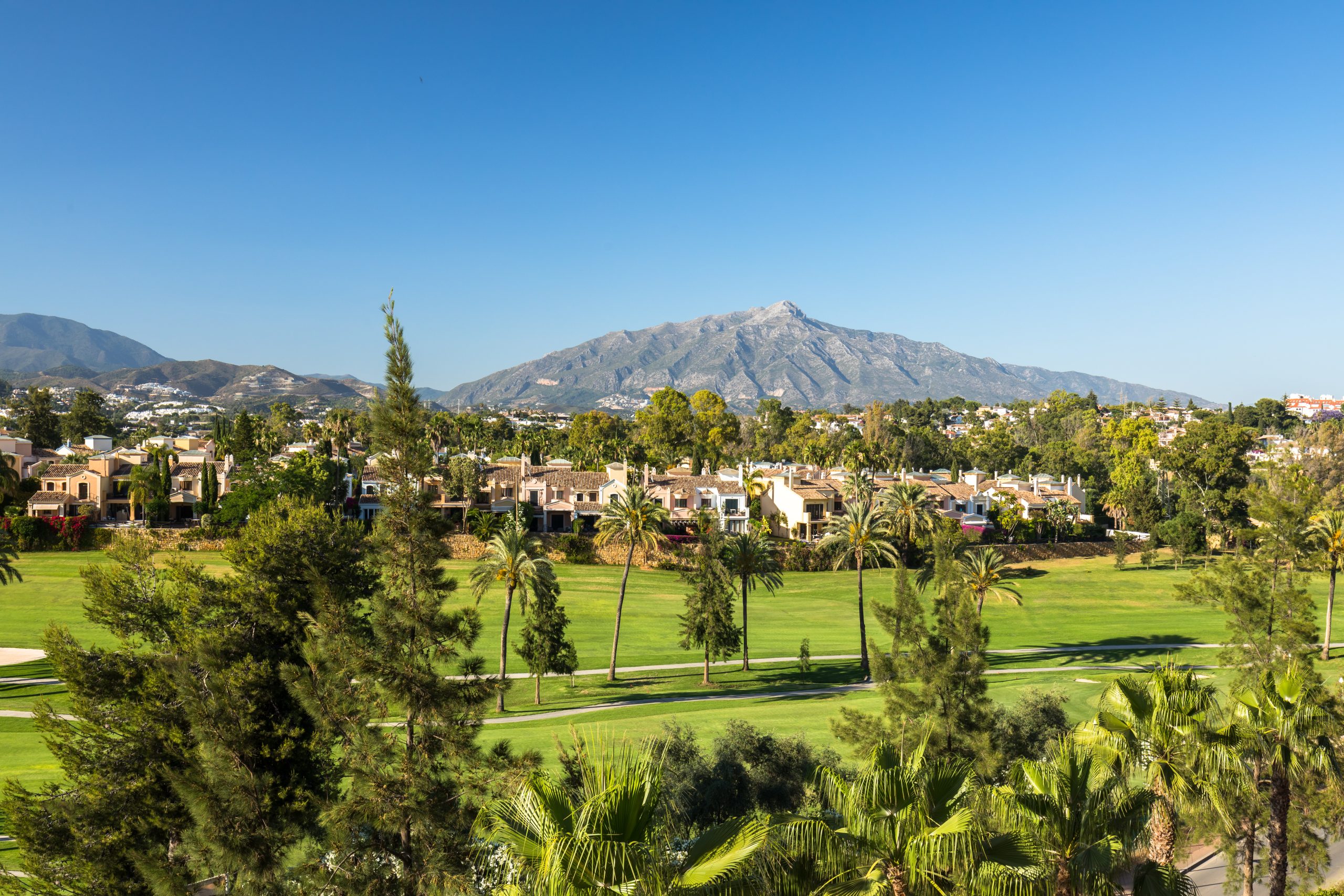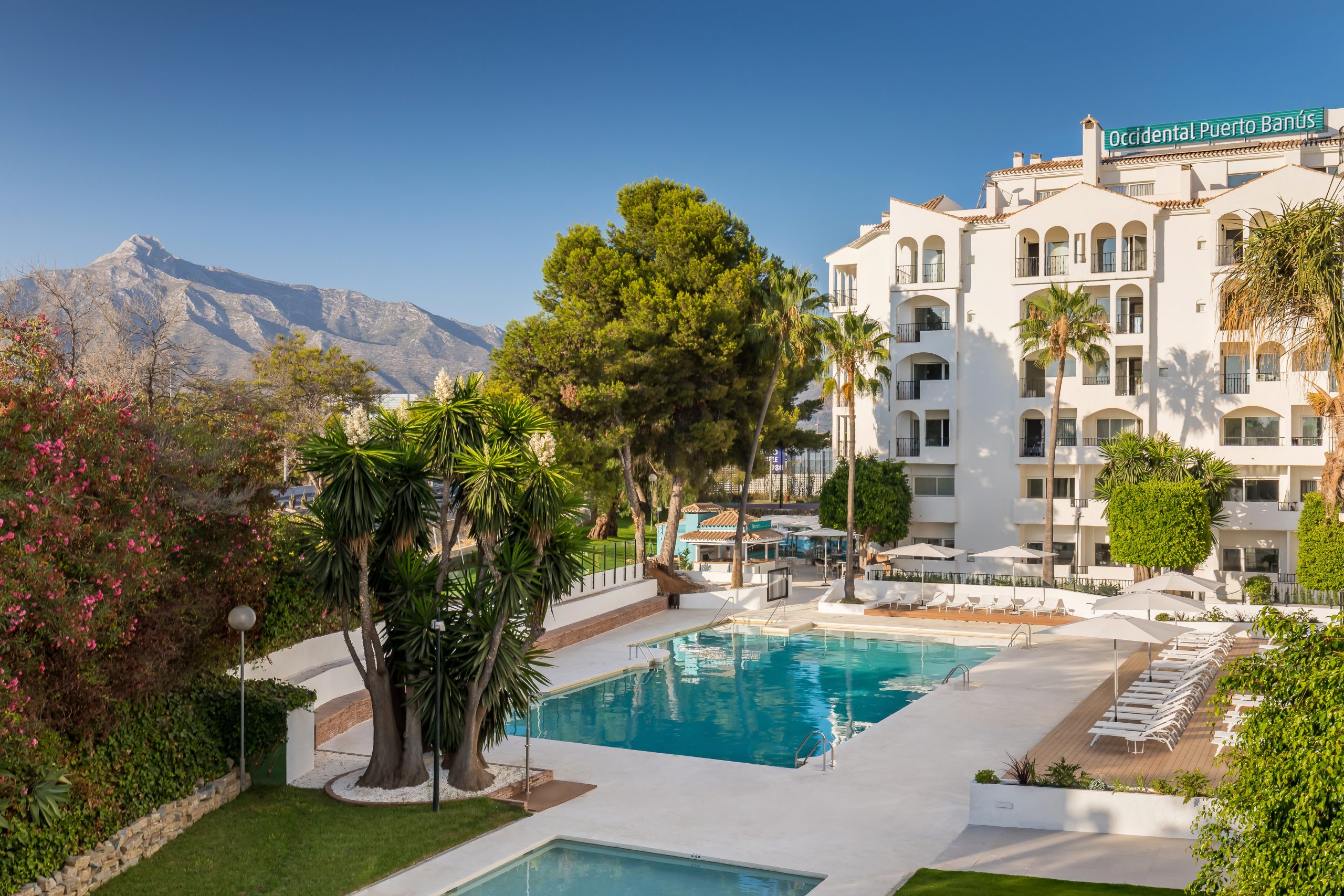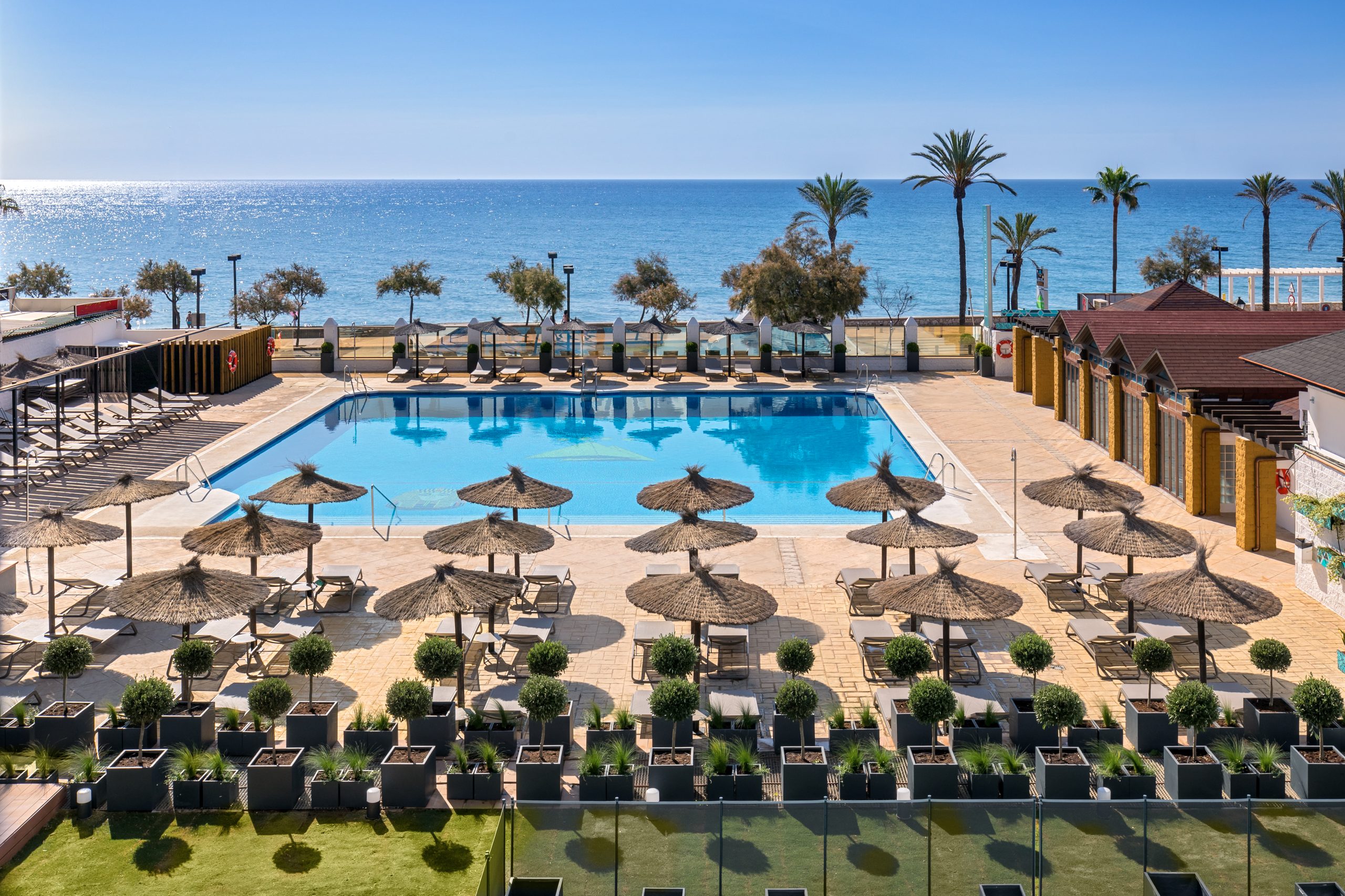The Great Málaga Path: this grand name is only fitting for this path that crosses the province from north to south and east to west, rewarding walkers with dreamy landscapes. White villages, infinite olive groves, closed canopy forests, rivers… As the landscape changes, hikers who want to get back to nature without straying too far from the Costa del Sol will be amazed over and over again, and re-energised by the new sights they see.
This Málaga path is one of the most varied of its kind in the south of Spain. Its 700 kilometres are divided into 35 stages, taking in nine regions and more than 50 municipalities. The itinerary allows you to discover both the natural heritage of the province and some of its cultural attractions. The typical whitewashed houses and the amiable character of their people are both hallmarks of Málaga villages, which are overflowing with charm.
But there’s more. After a tiring day of walking, lovers of hiking in Málaga won’t struggle to find a spot to lay their weary heads, recharge their batteries with a good local meal, or swap stories with the locals who are becoming more and more accustomed to proudly sharing the beauty of their land with nature enthusiasts who come here from all over the world.
Discovering yourself on the Great Málaga Path
The landscape is one of the biggest attractions of the Great Málaga Path, but not the only one. We all know that contact with nature is inspirational and can help restore our serenity, but it also helps us to grow and develop personally and enriches our lives. You can’t help but feel a personal catharsis thanks to the way your senses are awakened by the endless vineyards, the impenetrable mountain ranges and the calm lagoons that blend with the rich cultural heritage of this province and its people.
But, for those who are looking to take a personal journey in harmony with the environment, what does this Málaga footpath have to offer? The main options open to you are:
● Hiking and other sports
The tweeting of the birds, the murmur of the river, or the whisper of the wind are more than enough of a reason to let yourself be swept away by the charms of the Great Málaga Path. With the exception of certain stretches, a significant chunk of this Málaga footpath can be done not only on foot but also by bike or even on a horse. And it takes in four natural parks, two nature reserves, and three protected natural areas.
A rocky silhouette emerging from the plains of the Sierra de Gracia, the serenity and natural beauty of the wetlands of Laguna de Fuente de Piedra and Lagunas de Campillos… You’ll come across natural attraction after natural attraction, which sketch out landscapes with unique charm. The Desfiladero de los Gaitanes, a gorge chiselled out by the Guadalhorce river between Jurassic limestone and dolomite rock; the Sierra de las Nieves or the Dehesa del Mercadillo, covered with pine trees and holm oaks, and bursting with wildlife, are some of the best places to get lost in along the Great Málaga Path.
And as if that weren’t enough, the infrastructure connects with other activities, both sporting and educational. As well as being an excellent option for hiking in Málaga, you can also go climbing, canoeing, rafting, canyoning, take on a via ferrata or even go downhill mountain biking, which makes visiting Málaga with friends a really tempting plan.
● Cultural tourism
The Málaga footpath is about much more than just wild nature. Its 35 sections allow you to discover a large part of Málaga’s heritage thanks to the historical sites dotted along the route. From the capital of the Costa del Sol itself, with its cathedral, the Carmen Thyssen Museum Málaga and its beaches, amongst other attractions, you can start an adventure through the province’s culture.
The sixth stage of the Great Málaga Path, for example, takes you through some of the most beautiful Moorish villages. Cómpeta, Árchez, Salares, Sedella, Canillas de Albaida… Its whitewashed houses and picturesque corners give them their own distinctive character, which is why this section has been dubbed the Ruta del Mudéjar.
The final stretch of this Málaga footpath, the thirtieth to be exact, connects Estepona and Marbella. Both of these municipalities are, without doubt, the most popular with tourists in the province. The first boasts of being ‘the garden of the Costa del Sol’. As well as having a remodelled town centre, Estepona is a place where you can stroll streets brimming with inspiration. Its Ruta de Los Murales (street art tour) includes more than half a dozen pieces by José Fernández Ríos. This street art initiative is well worth visiting.
It’s not unusual to find people from all walks of life strolling Marbella’s streets. However, for lovers of hiking in Málaga, the city has other attractions to offer. Its excellent position at the foot of the Sierra Blanca, with sea views, is reason enough to stop off in what is popularly considered to be the capital of the western Costa del Sol.
● Personal growth
Your personal journey on the Great Málaga Path begins and ends with you. Its scenery provides the backdrop to inspire you, but your body and mind will experience their own particular catharsis. With sections that range from the 10.5 km that separate Torrox from Nerja to the nearly 40 km of the 32nd stage between Ojén and Mijas, this footpath in Málaga is a challenge that will put hikers’ abilities to the test.
In addition to the distance, the different levels of difficulty (low, medium and high) require plenty of concentration. Decision making in natural environments and the physical challenge are an interesting opportunity for personal growth and development. All that wrapped up in the different emotions that the stages of this Málaga footpath will evoke.
The Great Málaga Path certificate
Just like the Camino de Santiago and its ‘pilgrim passport’, the Great Málaga Path has its very own Great Hiker Certificate. This certificate rewards hikers who complete at least three of the 35 stages, and it can be obtained both in-person and on-line.
It doesn’t matter where you start or where you’re finishing, you just need to get the document stamped along the way. Then, you’ll receive your diploma from the Environment and Land Protection Department of the Málaga Provincial Government.
Nature, culture, tradition and a choice between the beach and the mountains. What more could you want?
























































